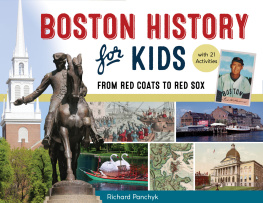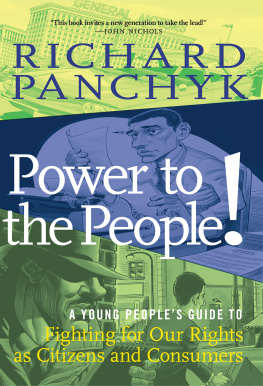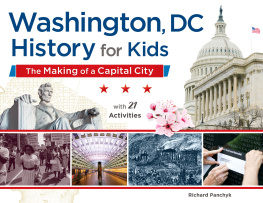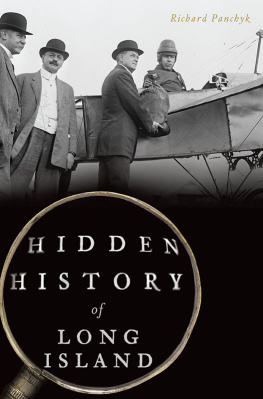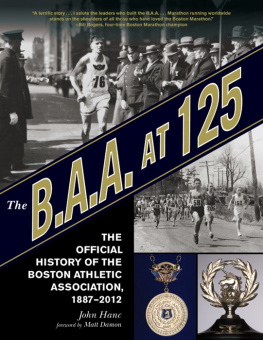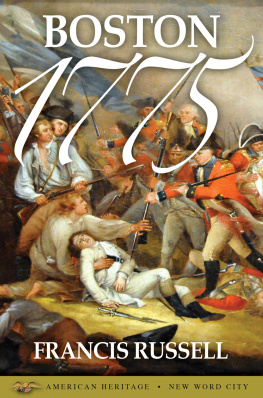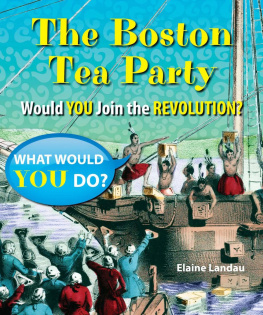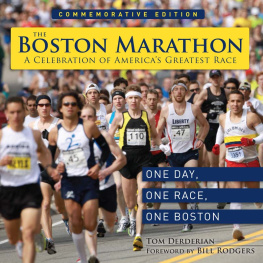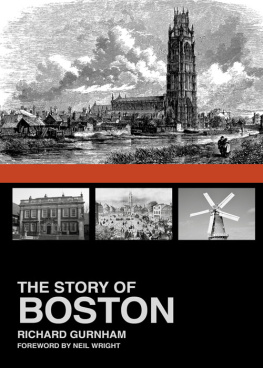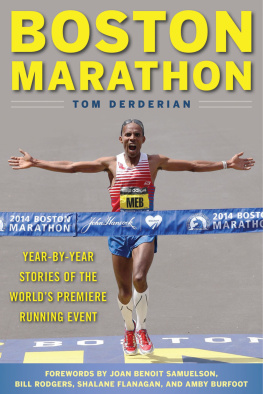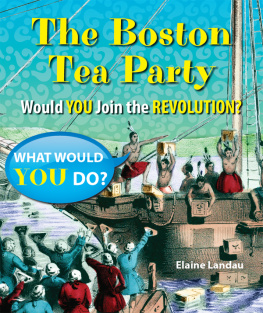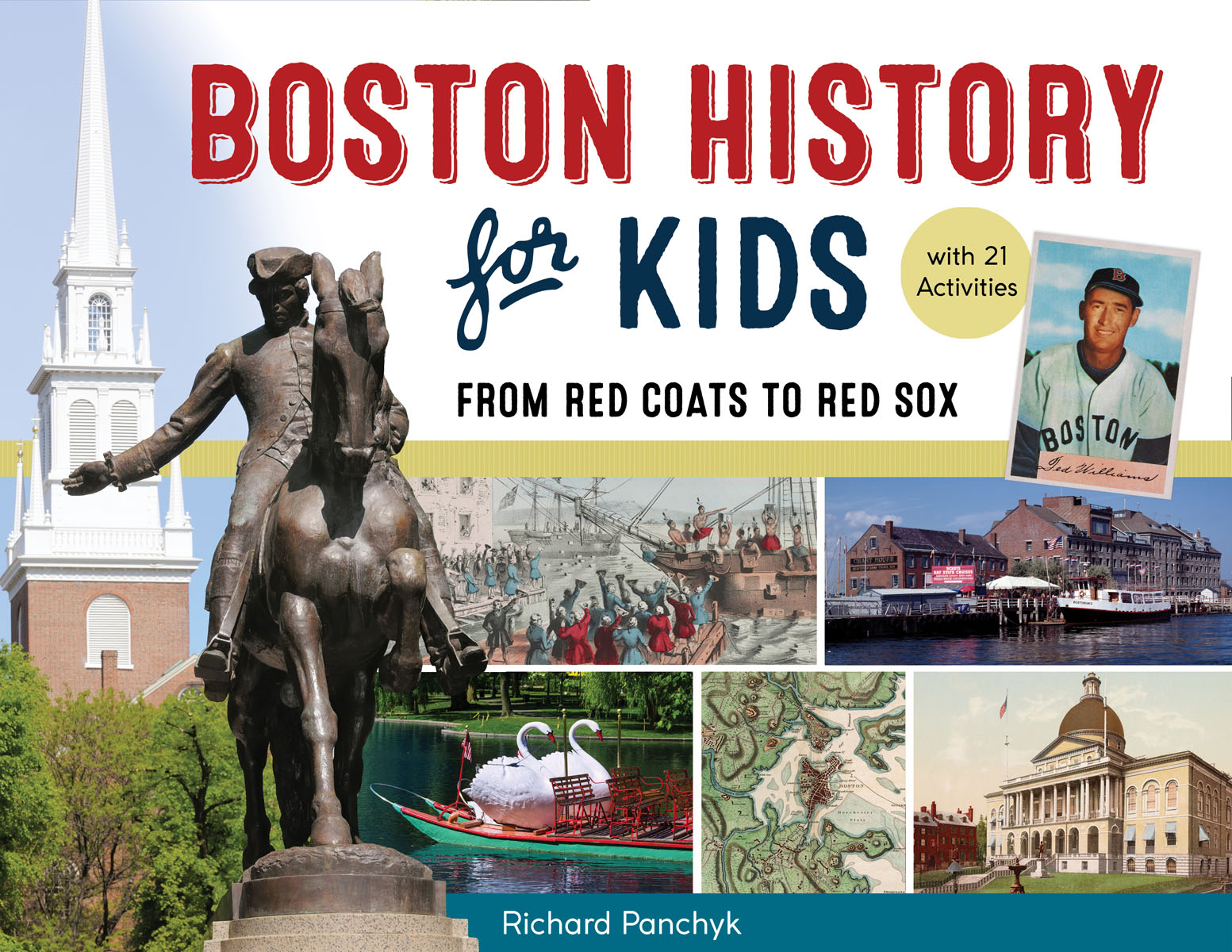
Copyright 2018 by Richard Panchyk
Foreword 2018 Michael Dukakis
All rights reserved
Published by Chicago Review Press Incorporated
814 North Franklin Street
Chicago, Illinois 60610
ISBN 978-1-61373-712-5
Library of Congress Cataloging-in-Publication Data
Names: Panchyk, Richard, author.
Title: Boston history for kids : from red coats to Red Sox with 21 activities / Richard Panchyk.
Description: Chicago : Chicago Review Press, 2018. | Includes bibliographical references and index.
Identifiers: LCCN 2017035960 (print) | LCCN 2017036694 (ebook) | ISBN 9781613737132 (pdf) | ISBN 9781613737156 (epub) | ISBN 9781613737149 (kindle) | ISBN 9781613737125 (pbk. : alk. paper)
Subjects: LCSH: Boston (Mass.)HistoryJuvenile literature.
Classification: LCC F73.33 (ebook) | LCC F73.33 .P36 2018 (print) | DDC 974.4/61dc23
LC record available at https://lccn.loc.gov/2017035960
Cover and interior design: Sarah Olson
Front cover images: Paul Revere statue and Old North Church: Shutterstock/Jorge Salcedo; 1806 Boston map: Wikimedia Commons/Boston Public Library; 1954 Bowman Ted Williams: Wikimedia Commons/Bowman Gum; Boston Common swan boats: 123rf.com/Antonio Belaguer Soler; Boston Tea Party, New State House, and Long Wharf: Library of Congress.
Back cover images: Boston Light: Shutterstock/Greg Kushmerek; Boston Freedom Trail sign: Shutterstock/jiawangkun; Ship model: 123RF Stock Photo/ruzanna; Baseball glove and bat: Shutterstock/eurobanks
Interior images: Courtesy of the Library of Congress, unless otherwise indicated. Activity illustrations: , Jim Spence Printed in the United States of America
5 4 3 2 1
CONTENTS

FOREWORD
WHEN I WAS YOUNG, I loved Boston, and I loved its history.
One of my favorite books was Johnny Tremain by Esther Forbes. It was the story of a young apprentice silversmith who worked for Paul Revere and was deeply involved in the events in Boston that led to the Revolutionary War and Americas independence.
It was fictional, but it was set in the colonial Boston of the time and for me was about as realistic as you could get. It told about the early efforts and battles in and around Boston that began our war of independence, and because Reveres home and silversmith shop were in the North End of Boston, I used to take the book under my arm and walk around that part of the city imagining that I might be Johnny and thinking about what it must have been like for a teenager in his position as he observed and participated in the momentous events that led to the Declaration of Independence and our successful war to end British rule and create a new democracy here in the New World.
Unfortunately, Bostonians at the time didnt treasure their history as much as they should have. Boston was dirty. Boston Harbor, one of the worlds great natural harbors, was badly polluted, and one of our harbor islands was the site of a glue factory. Many of the citys historic buildings had been torn down for parking lots.
An ugly elevated highway known as the Central Artery was built right through some of Bostons most historic places, just a stones throw from Reveres home. And we were told that if we were going to solve the citys growing traffic problems, we would have to build a new highway system that would have permanently destroyed historic neighborhoods and a world-renowned park system called the Emerald Necklace.
Finally, in the late 1960s, people here in Boston and Massachusetts and communities all over the country began to understand what we were doing to our historic communities and the legacy their histories had left to us. After 10 years of debate, we finally killed the so-called Master Highway Plan and began investing in a first rate transit system that preserved and didnt destroy so much that makes Boston priceless.
Boston Harbor was cleaned up; its islands restored; and a wonderful national and state harbor islands park system created that should be a must on your vacation or weekend schedule. The citys docks, which played such a role in our history, were uncovered and restored, and today thousands of our citizens and our visitors from all over the world walk, dine, and enjoy our waterfront. That process continues as we work to protect, preserve, and restore the heritage that we inherited from immigrants from all over the world like my parents who came to Boston, made it their home, and helped to create the lovely city that we live in and enjoy today.
Of course, that means that we also have a solemn obligation to continue to preserve and treasure it. Every once in a while, some well-intentioned person or developer will come along with plans for development that could have a profound effect on what Boston means and what it teaches us about the hard job of building and maintaining a genuine and expanding democracy that works for everyone.
Enjoy the most walkable city in America. Study its history carefully. Be inspired, as I was, to try to make a real contribution to it and its future. And walk its streets and alleys and waterfront, as I did, imagining what it was like back in those colonial days and thinking about what you can do to make it even better.
Michael Dukakis
Massachusetts governor, 1975-1979, 1983-1991

TIME LINE
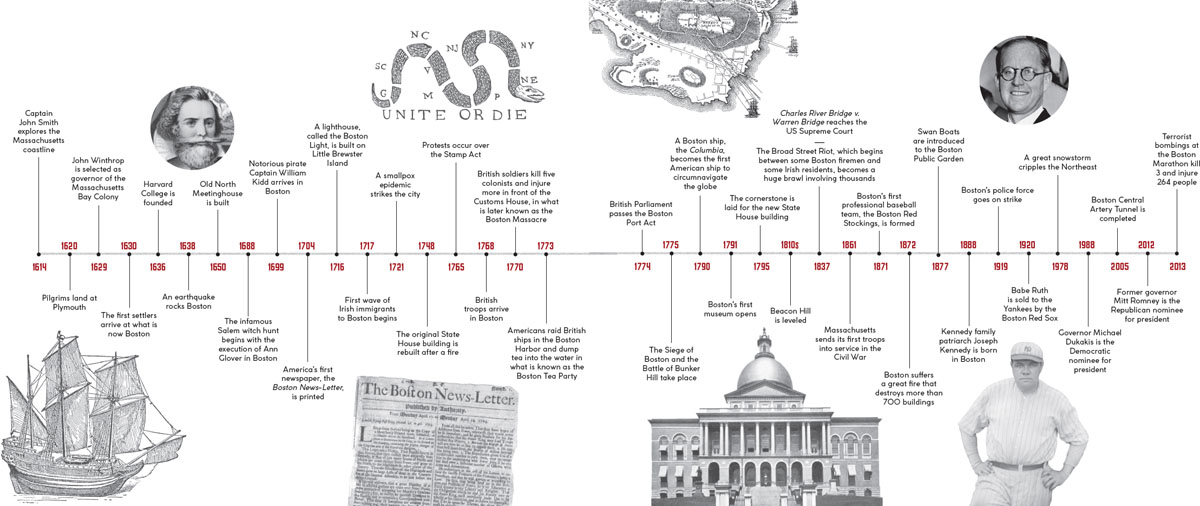
INTRODUCTION
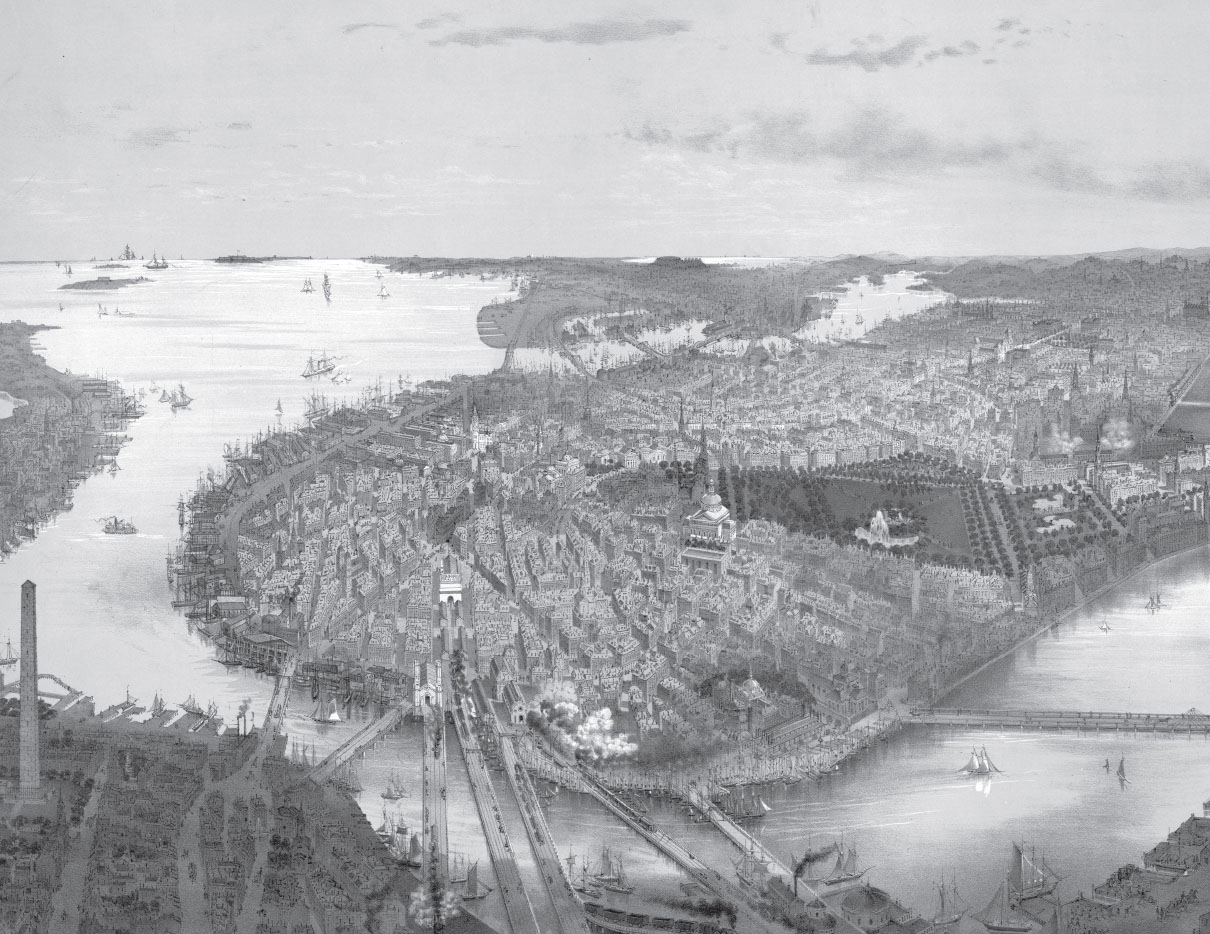
BOSTON IS A VERY SPECIAL and unique place. Not only is it steeped in Americas colonial history, from the Puritans who founded the city to the patriotic heroes of the Revolutionary era, but it is also a truly modern metropolis. That mix of old and new makes Boston both a great place to visit and a fascinating and important place to learn about.
This book spans 400 years of Boston history, covering some of the major events that have occurred there, from earthquakes to witch hunts, from the Tea Party to the Great Fire. As you read, youll meet some of the colorful characters who have walked its streets, and have the chance to do some interesting Boston-related activities along the way.
Having lived in Massachusetts for three years, it was especially fun and exciting for me to write this book, and I sincerely hope that you will enjoy reading it and will use it as the start of further exploration of the city and its history.
ROOTS


1635 Map of Boston showing existing ways and owners. Wikimedia Commons
IN THE EARLY 17TH CENTURY, Europeans did not know much about what is now the Boston area. In 1614, English captain John Smith, who had established Jamestown, Virginia, sailed on a voyage of exploration from Maine south to Cape Cod, Massachusetts, charting and making observations. When Smith returned to England, he described the area to Prince Charles, who was very pleased and named the region New England. In the years that followed, several ships sailing from England visited the Massachusetts coast.
Next page
